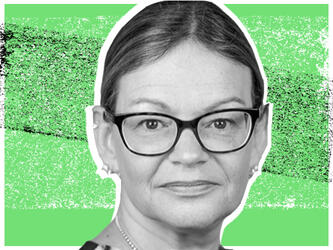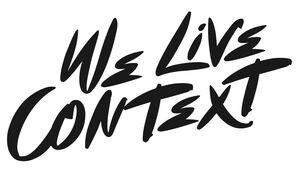Growth signs
Research: For those not familiar with it, can you explain what semiotics is?
Chris Arning: Semiotics is basically the study of the underlying structures of communication. It can be applied to any material form that conveys meaning in marketing – from packaging, to merchandising to website design. Semiotics was first made popular in the UK research industry through the work of Virginia Valentine, and since then by those who worked alongside her, such as Malcolm Evans and Greg Rowland. Semiotics uses a lot of theory and analytic frameworks (much of it from social science, philosophy and art history) in order to explain phenomena. This is often in combination with the knowledge, character and vision of the person doing the work.
“I would estimate that the total value of semiotics work is no more than £50m annually. It has the potential to grow significantly”
What challenges does the discipline face?
CA: As a practitioner, I’d say it’s the general lack of knowledge of the discipline that means that prospects need to be sold on both the methodology as well the supplier in many cases. Lack of knowledge translates into lack of awareness and lack of trust. However, I believe that the propensity of clients to take the methodology more seriously can be greatly aided by an industry forum.
At the moment, the analogy is that semioticians are craftsmen without their own guild. Most professional fields share standard procedures and explicit knowledge rubrics. Looser fields allow for a sort of folk wisdom to be passed on – for example, moderating skills and coding transcripts that qualitative researchers cherish. With semiotics, it seems that there is less transparency and knowledge flowing across the field, mostly due to the relatively small size of the market and the fact that the knowledge being passed on is not for everyone.
My view is that it would be beneficial to come together to take a peek at what others are doing; to build a sense of solidarity within the field as a whole and to build at least some loose consensus on basic premises and axioms.
And that’s the basis for the upcoming Semiofest?
CA: Yes, but I see it much more as being about peer-to-peer learning, networking and a chance to share successes than as a prelude to launching a trade association.
The vexed question is whether it is feasible to seek to forge professional standards. Semiotics suppliers have very different approaches and getting everyone to agree can be like herding cats. This mirrors the plurality of approaches in the world of academic semiotics itself. There is basic agreement about the fact that we deal in cultural insight and the use of signs, but as soon as the spectre of benchmarks are raised people cry foul.
It is true to say that some practitioners are more keen to share than others. It is naturally the prerogative of practitioners to want to protect their competitive advantage. I believe however that we all have more to gain from sharing ideas than from withholding them. My view has always been that the future of semiotics as a discipline and a prerequisite to it becoming more mainstream is to grow the category.
At present, I would estimate that the total value of semiotics work is no more than £50m annually. It has the potential to grow significantly.
- Chris Arning is founder director at Creative Semiotics and one of the lead organisers of Semiofest, which takes places in London on 25–26 May. You can find out more here. Arning previously wrote about the semantic web in All in good time

We hope you enjoyed this article.
Research Live is published by MRS.
The Market Research Society (MRS) exists to promote and protect the research sector, showcasing how research delivers impact for businesses and government.
Members of MRS enjoy many benefits including tailoured policy guidance, discounts on training and conferences, and access to member-only content.
For example, there's an archive of winning case studies from over a decade of MRS Awards.
Find out more about the benefits of joining MRS here.











0 Comments